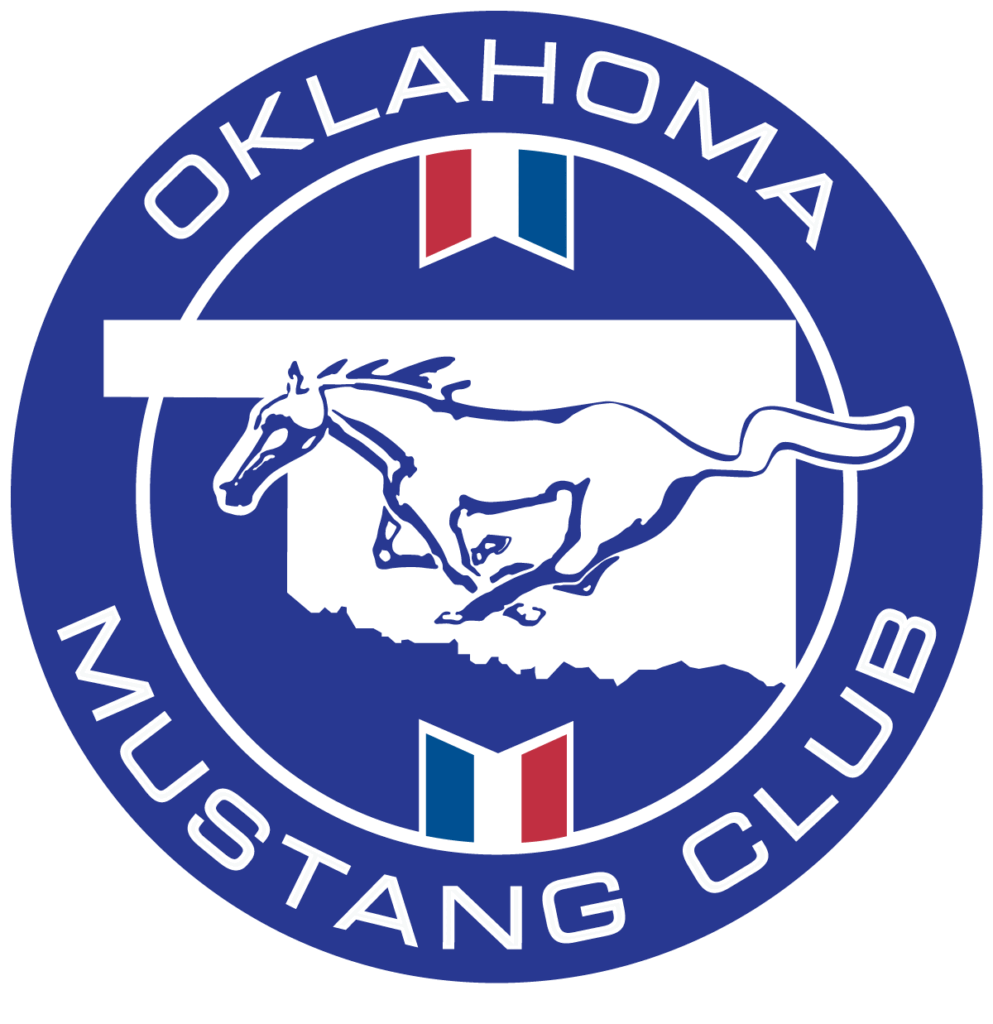Manufactured from 2005 to 2014
Ford introduced a redesigned 2005 model year Mustang at the 2004 North American International Auto Show, codenamed “S-197”. Developed under the direction of Chief EngineerHau Thai-Tang and exterior styling designer Sid Ramnarace, the fifth-generation Mustang’s styling echoes the Fastback Mustang models of the late-1960s. Ford’s senior vice president of design, J Mays, called it “retro-futurism.” The fifth-generation Mustang is manufactured at the Flat Rock Assembly Plant in Flat Rock, Michigan.
For the 2005 to 2010 production years, the base model was powered by a 210 hp cast-iron block 4.0 L SOHC V6, while the GT used an aluminum block 4.6 L SOHC 3-valve Modular V8 with variable camshaft timing (VCT) that produced 300 hp. Base models had a Tremec 3650 5-speed manual transmission with Ford’s 5R55S 5-speed automatic being optional. Automatic GTs also featured this, but manual GTs had the Tremec TR-3650 5-speed.
The 2010 model year Mustang was released in the spring of 2009 with a redesigned exterior and a reduced drag coefficient of 4% on base models and 7% on GT models. The engine for base Mustangs remained unchanged, while GTs 4.6L V8 was revised resulting in 315 hp at 6000 rpm and 325 lb·ft of torque at 4255 rpm. Other mechanical features included new spring rates and dampers, traction and stability control system standard on all models, and new wheel sizes.
Engines were revised for 2011, and transmission options included the Getrag-Ford MT82 6-speed manual or the 6R80 6-speed automatic based on the ZF 6HP26 transmission licensed for production by Ford. Electric power steering replaced the conventional hydraulic version. A new 3.72L aluminum block V6 engine weighed 40 lb less than the previous version. With 24 valves and Twin Independent Variable Cam Timing (TiVCT), it produced 305 hp and 280 lb·ft of torque. The 3.7L engine came with a new dual exhaust and gas mileage increased to 19 city/31 highway mpg. The GT models included a 32-valve 5.0L, referred to as the “Coyote” engine producing 412 hp and 390 ft-lbs of torque. Brembo brakes are optional along with 19-inch wheels and performance tires.
The Shelby GT500’s 5.4L supercharged V8 block was made of aluminum making it 102 lb (46 kg) lighter than the iron units in previous years. It was rated at 550 hp and 510 lb·ft of torque. For 2012, a new Mustang BOSS 302 version was introduced. The BOSS engine had 444 hp and 380 lb·ft of torque and, of course a “Laguna Seca” edition was available.
In spring 2012, Ford launched an update to the Mustang line as an early 2013 model. The Shelby GT500 has a new 5.8L supercharged V8 producing 662 hp. Shelby and BOSS engines came with a six-speed manual transmission. The GT and V6 models revised styling incorporated the grille and air intakes from the 2010–2011 GT500. The 2013 GT’s 5.0 liter V8 gained eight horsepower from 412 hp to 420 hp.

